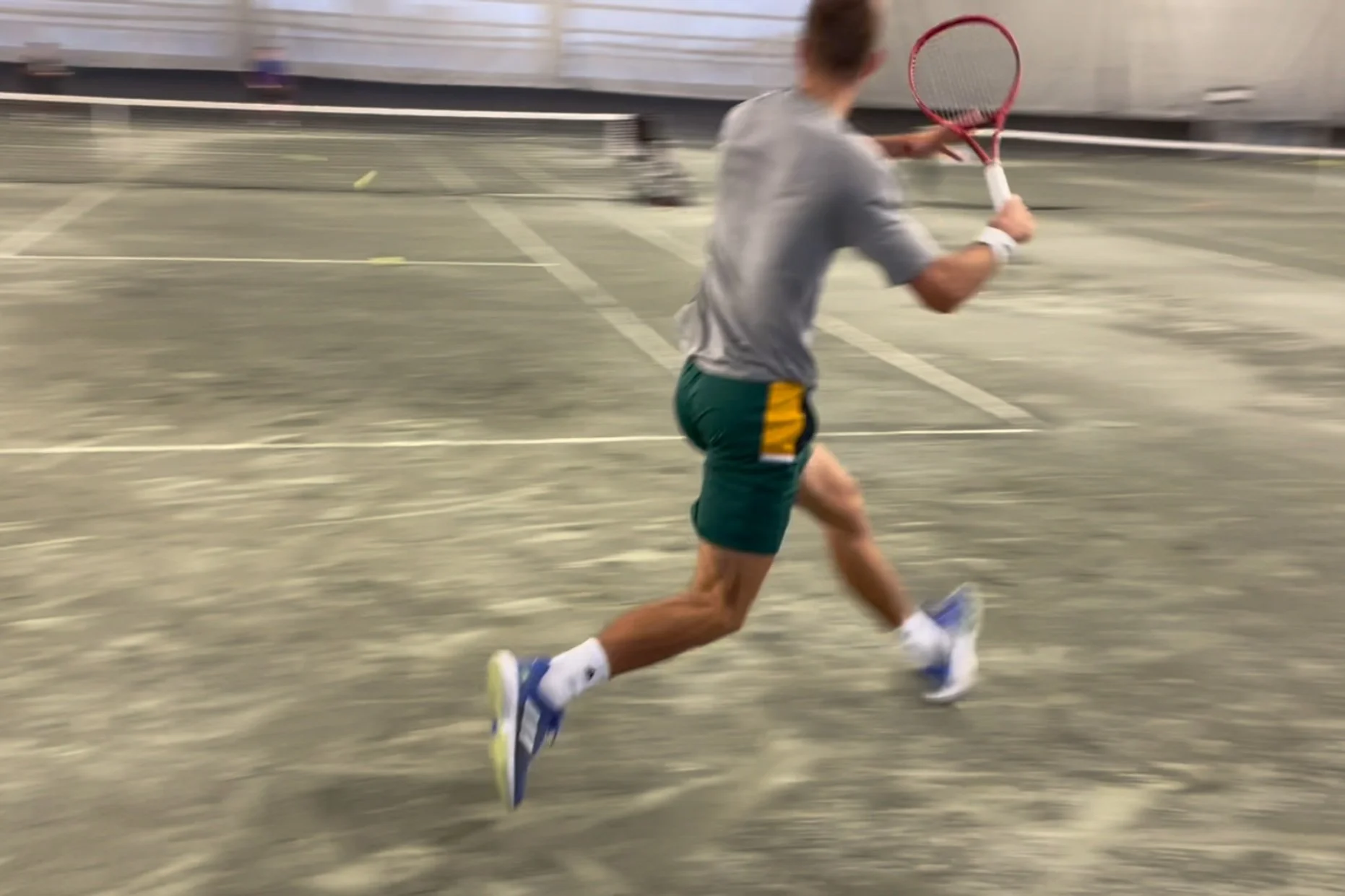Here's the typical trainer's concern; it's believed that players outside of the top 100 have worries that a guy like Federer doesn't - i.e. travel expenses, points to defend and so on. Many of these players perform a concentrated physical prep block for 4-6 weeks in Dec/Jan (just prior to the start of the new season) and then a number of 1-2 week blocks during the course of the year. These same trainers will also agree that this isn't enough - performing one 4-6 week block along with 2-3 smaller blocks during the year is an insufficient amount of time to develop a quality like explosive power, for instance.
Viewing entries in
Periodization & Planning
Are you a high-performance player or coach? If so, this post is for you.
You see, I’ve coached in a number of high-performance settings. From academies, to federations and in private settings. One common characteristic that has struck me time and again is training schedules. The typical schedule sees players training Monday to Friday. On rare occasions, some take part in Saturday morning sessions - but this is certainly not the norm. As you can see, these settings follow the regular school and work week schedule.
But is it the most ideal option when developing an elite performer?
Not long ago, I received the following question “What are some fitness tests I could run my tennis players through. Just some measurements they could aim to improve?”.
This question actually comes up time and again. For me, the question has layers…
You see, I’ve gone down the rabbit hole of testing on many occasions - you know what I’m referring to...going through a battery of tests, recording sprint times, jump heights and so on…
And never really using the data in any meaningful way.
Many athletes have the following problem - they seek to improve their sport performance while doing an overly large amount of the their training in the weight room.
Tennis players, on the other hand, have the reverse problem. They spend way too much time on-court and their off-court training closely resembles (or mimics) what they’re already doing on the court.
Then there are coaches and players (even parents) that often seek ‘tennis-specific’ training. Depending on how you define it, ‘tennis-specific’ can mean a lot of different things.
As 2018 is soon coming to an end, I wanted to share the top 5 articles from the past year at Mattspoint. While I know that some of you might read the blog regularly, others may not have had the chance to check-in weekly - here’s a second chance to do so. The following posts were the most popular of 2018:
Based on some of my previous posts, many believe I’m not a fan of running. That, however, is not true at all! I’m a huge believer in running activities - but not the ones that have traditionally been prescribed in tennis books and in many tennis related research papers. A typical ‘old school’ prescription is to get players running long slow distances (LSD) in the off-season or during preparatory periods. The rationale is - ‘let’s build an aerobic base’. Hmm. I’ve mentioned this before, but I’ll do it again - energy system development is not that simple. You can NEVER truly isolate one energy system and completely disregard the others. You can bias one over the other, but there’s an interplay between the 3 (anaerobic, anaerobic-Lactic, aerobic).







